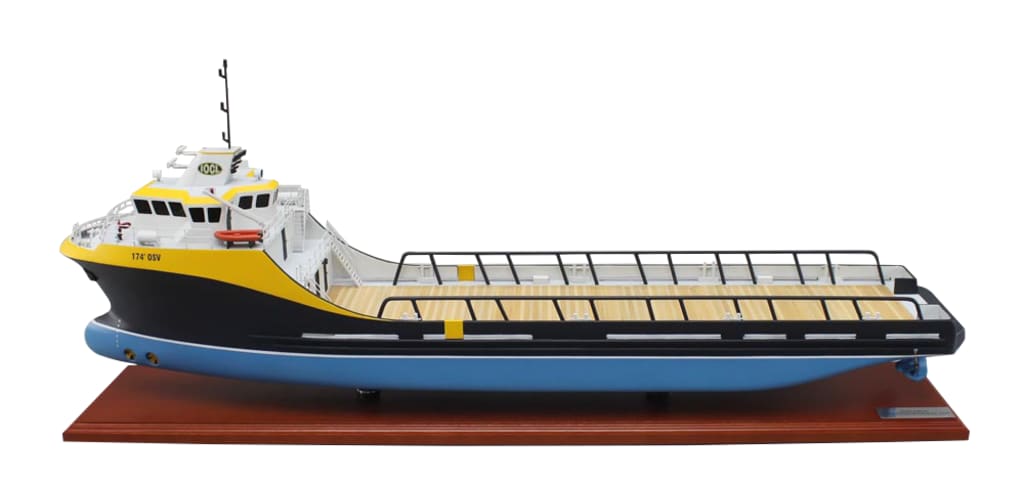
Marine model making is an intricate and rewarding hobby that has captured the imaginations of enthusiasts for centuries. There’s something uniquely fascinating about recreating a ship in miniature detail, from the grand hull to the tiniest fittings. Whether you’re drawn to the historic charm of tall ships or the sleek lines of modern vessels, marine model making offers a rich tapestry of creativity and craftsmanship.
Understanding Marine Model Making
Definition and Scope
Marine model making involves creating scaled-down versions of ships, boats, and other marine vessels. This can range from historical sailing ships to contemporary naval vessels. The scope of this hobby is vast, encompassing both static models for display and functional models that can sail.
Historical Background
The art of marine model making dates back to ancient times when shipbuilders created models as prototypes for full-sized ships. Over the centuries, this practice evolved into a hobby and art form, with enthusiasts meticulously crafting models for personal enjoyment, historical preservation, and educational purposes.
Getting Started with Marine Model Making
Choosing the Right Model Kit
The first step in marine model making is selecting a model kit that suits your interest and skill level. Kits vary in complexity, from simple snap-together models to intricate, plank-on-frame constructions. Beginners might start with a basic plastic kit, while advanced modelers may opt for a detailed wooden kit.
Essential Tools and Materials
To embark on this hobby, you’ll need some essential tools and materials:
Cutting Tools: Hobby knives, saws
Adhesives: Wood glue, plastic cement
Sanding Tools: Sandpaper, files
Paints and Brushes: Acrylics, enamels
Clamps and Vices: For holding parts in place
Tweezers and Pliers: For handling small parts
Planning Your Project
Research and Reference Materials
Before you start building, it’s crucial to gather research and reference materials. This might include plans, photographs, and historical documents. Understanding the specific details of the ship you’re modeling ensures accuracy and enhances the final result.
Creating a Work Plan
A well-structured work plan helps keep your project on track. Break down the construction process into manageable steps, set milestones, and allocate time for each phase. This approach not only makes the project less daunting but also more enjoyable.
Preparing the Workspace
Setting Up a Model Making Area
A dedicated workspace is essential for marine model making. Choose a well-lit, ventilated area with enough space to spread out your tools and materials. A sturdy workbench or table is ideal.
Safety Precautions
Safety is paramount. Ensure your workspace is free from clutter and hazards. Use protective gear such as goggles and masks when cutting or sanding. Proper ventilation is necessary, especially when working with paints and adhesives.
Assembling the Hull
Preparing the Hull Components
The hull is the foundation of your model. Begin by inspecting and preparing the hull components. This might involve sanding edges, filling gaps, and ensuring all parts fit together correctly.
Assembling Techniques
Assembling the hull can vary depending on the model type. For wooden models, you might use plank-on-frame techniques, carefully bending and securing each plank. Plastic models often involve joining pre-molded sections.
Constructing the Deck and Superstructure
Deck Layout and Design
The deck is where much of the visible detail resides. Plan the layout meticulously, considering the placement of masts, cabins, and other structures. Follow the kit instructions closely and consult your reference materials.
Building the Superstructure
The superstructure includes elements like the bridge, funnels, and lifeboats. These components add character and realism to your model. Precision and patience are key, as these parts are often delicate and require careful handling.
Detailing the Exterior
Adding Fittings and Fixtures
Fittings such as railings, ladders, and anchors bring your model to life. These details require careful placement and secure attachment. Use tweezers for precision and adhesives appropriate for the materials.
Painting and Finishing Touches
Painting is an art in itself. Choose colors that match the historical or intended appearance of your vessel. Apply primer first, followed by base coats and detailed painting. Weathering techniques can add realism, mimicking wear and tear from sea voyages.
Working on the Interior
Designing the Interior Spaces
While not all models have interior details, adding them can enhance realism, especially for larger scale models. Plan the layout of cabins, engine rooms, and other spaces based on historical or reference data.
Adding Interior Details
Interior details, though often hidden, add depth to your model. Use fine brushes and delicate tools to paint and assemble tiny furniture, machinery, and other interior elements.
Rigging and Sails
Understanding Rigging Basics
Rigging is one of the most intricate parts of marine model making. It involves setting up the system of ropes and lines that support the masts and control the sails. Study diagrams and practice tying knots to master this skill.
Assembling and Installing the Sails
Sails can be made from fabric or paper. Carefully cut and shape the sails, then attach them to the rigging. Pay attention to historical accuracy in the sail configuration and attachment.
Advanced Techniques
Weathering and Aging Effects
To give your model a lived-in look, apply weathering techniques. This might involve dry brushing, washes, and chipping effects to simulate rust, salt stains, and wear.
Adding Realistic Water Effects
Creating a display base with water effects can make your model stand out. Use materials like acrylic gels and resin to simulate waves and water. This adds a dynamic element to your presentation.
Electronics and Lighting
Installing Lighting Systems
Adding lights can bring your model to life, especially for modern ships or nighttime scenes. Plan the wiring and power source carefully to ensure functionality without damaging the model.
Incorporating Motorized Elements
For functional models, motorized elements like propellers and rudders add realism. Ensure these components are waterproof and securely installed to avoid issues during operation.
Troubleshooting Common Issues
Common Mistakes and How to Fix Them
Mistakes happen, but they’re part of the learning process. Common issues include misaligned parts, glue smudges, and paint mistakes. Keep calm and find solutions, whether it’s sanding, re-gluing, or repainting.
Tips for Avoiding Pitfalls
Plan ahead, follow instructions, and take your time. Rushing often leads to errors. Regularly refer to your research materials and double-check your work at each stage.
Showcasing Your Model
Display Options
Once completed, your model deserves a proper display. Consider a glass case to protect it from dust and damage. Display stands can highlight specific features and make your model a centerpiece.
Photography Tips for Model Ships
Good photography captures the detail and craftsmanship of your model. Use a tripod for stability, ensure good lighting, and try different angles to showcase various aspects. Close-ups can highlight intricate details.
Conclusion
Reflecting on the journey of creating a marine models, you’ll find a sense of accomplishment and satisfaction. Each model tells a story, not just of the ship it represents but of the hours and dedication you’ve poured into it. This hobby is a blend of history, art, and engineering, offering endless opportunities for learning and creativity. So, continue exploring, keep building, and most importantly, enjoy every moment.
FAQs
What is the best material for marine model making?
The best material depends on your experience and the type of model. Beginners often start with plastic kits for ease of use, while advanced modelers may prefer wood for its authenticity and detail.
How long does it typically take to complete a model ship?
The time required varies greatly based on the model’s complexity and your experience level. A simple model might take a few weeks, while a highly detailed one could take several months or even years.
Can marine models be made by beginners?
Absolutely! Many kits are designed specifically for beginners with clear instructions and pre-cut parts. Starting with a simpler model can build your skills and confidence.
What are some good resources for learning more about marine model making?
Books, online forums, and dedicated websites are excellent resources. Joining a local model-making club can also provide support and inspiration.
How do you maintain and care for completed marine models?
Keep your model in a dust-free environment, preferably in a display case. Avoid direct sunlight to prevent fading and regularly clean it with a soft brush or cloth.
Shree Creators, a prominent Marine Model Making Company based in Mumbai, specializes in crafting intricately detailed models of maritime vessels and structures. With a meticulous attention to accuracy and craftsmanship, they bring to life scaled replicas of ships, boats, lighthouses, and other marine structures, catering to a diverse range of clients including maritime enthusiasts, educational institutions, and maritime industry professionals.
Committed to excellence, Shree Creators offers bespoke model-making services tailored to meet the unique needs and specifications of each client, delivering stunning and lifelike representations of the maritime world.
About the Creator
Shree Creators
Shree Creators Model Making Company offers a wide range of model making services, including architectural model making, industrial model making, marine model making, and engineering model making.
Enjoyed the story? Support the Creator.
Subscribe for free to receive all their stories in your feed. You could also pledge your support or give them a one-off tip, letting them know you appreciate their work.






Comments
There are no comments for this story
Be the first to respond and start the conversation.